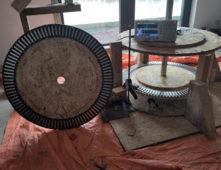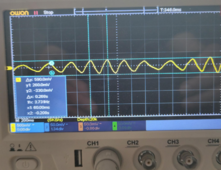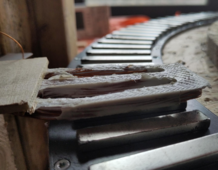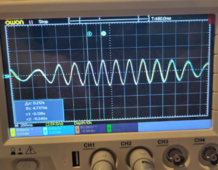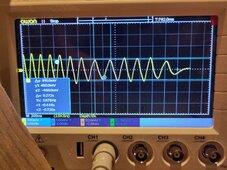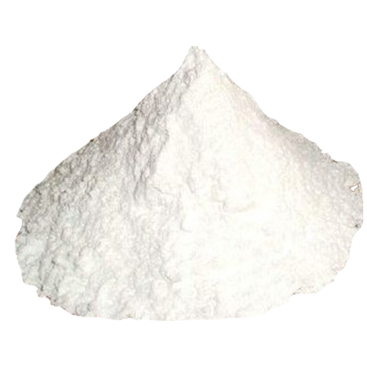brandnewb
Going for serious. starting as newb
since also on this software the search is simply just not as how a self respecting user of said search function would like it to operate I could not find my croc dundie telling kids what a real knife looks like.
Anyway that post was in the context of what real coils look like rather than the same old closed loop rehashed stuff we see over and over again in the books that we buy but do not get us anywhere.
Now croc dundee did call me a while back telling me about his thought on the matter whilst on his walkabout through the backlands.
And then it struck us both while on that talk.
That a stacked serpentine coil is in all intents and purposes similar to stacked closed loop coils yet then more efficient with wire usage.
Then I thanked Nick Dundee for the always inspirational talks we have!!
Anyway that post was in the context of what real coils look like rather than the same old closed loop rehashed stuff we see over and over again in the books that we buy but do not get us anywhere.
Now croc dundee did call me a while back telling me about his thought on the matter whilst on his walkabout through the backlands.
And then it struck us both while on that talk.
That a stacked serpentine coil is in all intents and purposes similar to stacked closed loop coils yet then more efficient with wire usage.
Then I thanked Nick Dundee for the always inspirational talks we have!!




